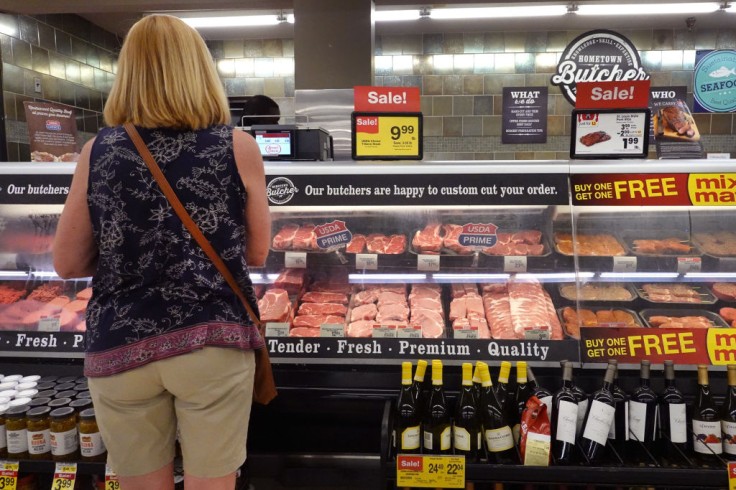
Parents and providers in the family will see their grocery bills costing more and more following a food price increase of a range of items at the start of 2022.
Per the Bureau of Labor Statistics (BLS) latest consumer price index, America's inflation rate hit 6.8 percent in December 2021, the highest and fastest increase since June 1982. In November, the U.S. Department of Agriculture said that some grocery store product prices are also set to increase by 6.4 percent compared to the previous year.
In an interview with Fortune, financial analyst Greg McBride said that the inflation rate is "outpacing increases in household income," and it will take a matter of weeks for this development to impact consumer spending directly. Major food distributors like General Mills, Kraft Heinz, and Mondelez International also told consumers that there would be a food price increase in some of their basic products.
Basic Products with Price Increase
The Wall Street Journal reported that Kraft Heinz would raise the food prices of its common products, such as the popular Grey Poupon mustard or its mayonnaise, by as much as 20 percent. On the other hand, General Mills will raise its cereal prices by mid-January after a five percent increase in the fall of 2021.
Prices of some produce like celery and potatoes will trickle up as well because the freight cost will also increase. Meat, fish, poultry, and egg prices will rise by 13 percent, while beef will cost more than 21 percent compared to last year.
The manufacturers said that challenges like labor shortages at manufacturing sites, issues with the supply chain, and the increased demand for food amid their inability to supply are just some of the factors of the food price increase in America. The pandemic has severely impacted the operations of many suppliers and producers across the world.
How to Deal with Food Price Increase
Since food is essential, it will be unavoidable to spend more on it. However, consumer analyst Julie Ramhold told CNBC News that families can still save on their food spending if they watch out for the weekly sales at grocery stores and then stock up on what they need whenever they can.
Ramhold also said that membership discounts, digital deals, and other incentives similar to coupons would be a big help for moms and dads on a budget. Using a credit card with grocery perks and rewards will also alleviate families' spending on food.
While some people shun store brands because of their generic quality, it's not the case today. Store brands cost a lot less and could stretch the family's weekly budget. Kroger, Target, and Walmart have well-established store brands under private labels, so it might be wise to check what they have on offer. Wholesale clubs like Costco are not exempt from the food price increase, but buying in bulk from these stores could lower the cost of your grocery bills.